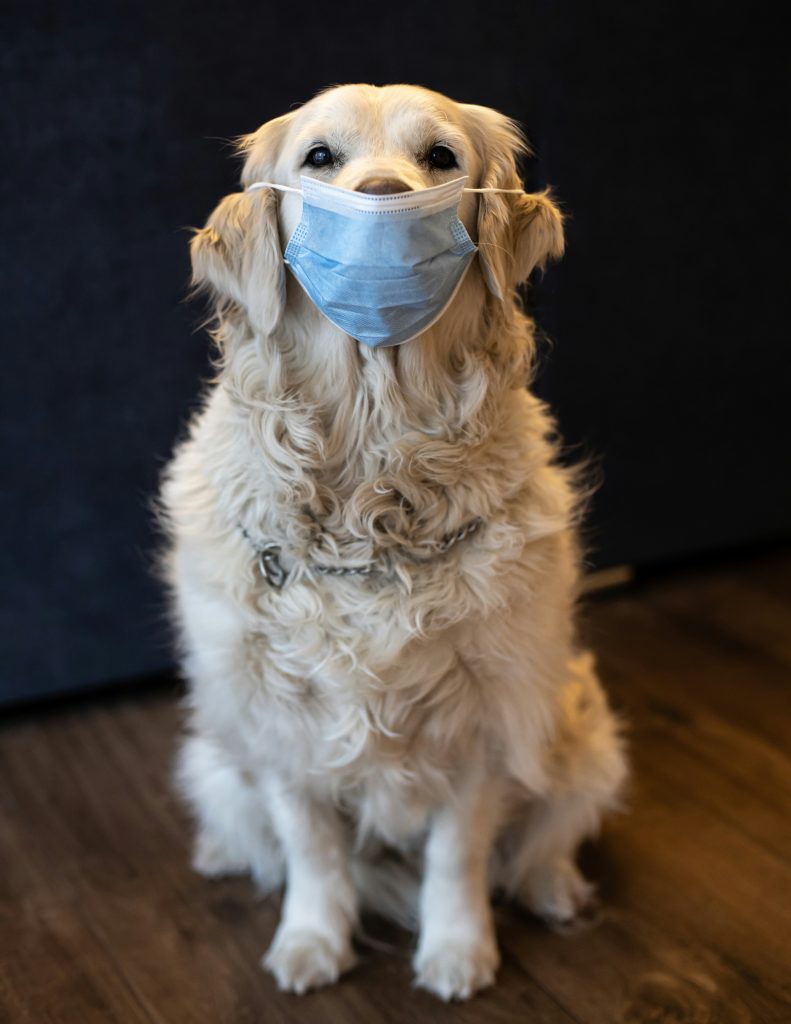Dealing With Flea Allergies in Dogs
Fleas are more than just a nuisance—they can wreak havoc on your dog’s health, especially if your pup has a flea allergy. While any dog can get itchy from fleas, some dogs experience a far more severe reaction: flea allergy dermatitis (FAD). Even a single flea bite can trigger an intense allergic response in sensitive dogs, leading to days or even weeks of discomfort.
If your dog seems to suffer from excessive scratching, hair loss, or skin infections—even if you only find one flea—it’s time to take flea allergies seriously.
What Is Flea Allergy Dermatitis?
Flea allergy dermatitis (FAD) is one of the most common skin conditions in dogs. It’s caused by an allergic reaction to proteins in flea saliva. When a flea bites your dog, it injects its saliva into the skin—and for dogs with FAD, this small exposure is enough to spark a full-blown immune response.
Unlike non-allergic dogs, who may scratch only mildly, allergic dogs can develop intense itching, red skin, open sores, and infections from just one or two flea bites.
Signs Your Dog Has a Flea Allergy
Because flea allergies trigger such a strong response, the symptoms may appear out of proportion to what you’d expect from a flea or two. Here are common signs of flea allergy dermatitis:
-
Excessive scratching, biting, or licking
-
Hair loss, especially around the base of the tail, belly, or thighs
-
Red, inflamed skin or scabs
-
Open sores or hot spots
-
Foul odor from infected skin
-
Fleas or flea dirt (black specs) in the coat—though many allergic dogs have no visible fleas due to constant grooming
If your dog is showing these signs—especially during warm months—it’s worth investigating flea allergies as the cause.
Diagnosing Flea Allergies
Your veterinarian can often diagnose flea allergy dermatitis based on your dog’s history, symptoms, and a physical exam. Sometimes, skin tests or allergy panels are used to confirm FAD or rule out other allergens like food or environmental triggers.
A key clue in diagnosis is the location of symptoms. FAD often causes hair loss and itching around the back half of the body—especially the tail base, hind legs, and belly.
Even if you don’t find fleas on your dog, that doesn’t mean they aren’t the cause. Dogs often groom them away before you spot them.
Treatment: Immediate Relief for Your Dog
When your dog is already experiencing an allergic reaction, the first goal is to provide relief. Treatment often includes:
-
Steroids or antihistamines: To reduce inflammation and itching
-
Antibiotics: If secondary infections (from scratching) are present
-
Medicated shampoos: To soothe the skin and remove allergens
-
Topical creams or sprays: For inflamed or infected areas
Always follow your veterinarian’s instructions for medications. Never give human medications without vet approval.
Flea Control Is Non-Negotiable
The most important aspect of managing flea allergies is consistent, year-round flea prevention.
Your vet may recommend:
-
Oral flea preventatives like NexGard, Simparica, or Comfortis
-
Topical treatments like Advantage, Frontline, or Revolution
-
Flea collars for long-term protection (e.g., Seresto)
Be sure all pets in the household are treated—fleas can easily jump between dogs and cats, even if only one shows symptoms.
Cleaning Your Environment
Because flea eggs, larvae, and pupae can live in your home or yard, it’s essential to break the flea life cycle:
-
Vacuum your carpets, rugs, and furniture daily
-
Wash all pet bedding in hot water weekly
-
Use flea sprays or foggers in severe infestations (consult your vet first)
-
Consider professional pest control for recurring problems
Fleas thrive in warm, humid environments, so don’t let your guard down during spring and summer months.
Natural and Holistic Approaches
While flea prevention is essential, some pet owners prefer to support treatment with natural methods:
-
Apple cider vinegar (ACV): May repel fleas when diluted and sprayed on fur (test for skin sensitivity first)
-
Diatomaceous earth: A non-toxic powder that kills fleas in carpets or furniture
-
Essential oils like cedarwood or lavender: Can repel fleas, but must be used cautiously and never directly on pets without guidance
-
Omega-3 supplements: Help strengthen skin health and reduce inflammation
Always speak with your vet before trying natural remedies, as some may be harmful if not used correctly.
Preventing Future Flare-Ups
Once your dog has had a flea allergy, future exposures can cause more intense reactions. That’s why prevention is key. Never skip flea treatments, even in winter, and keep a close eye on your dog’s skin year-round.
Other helpful tips include:
-
Regular grooming to check for fleas or flea dirt
-
Brushing with a flea comb once a week
-
Monitoring flare-up patterns seasonally or after outdoor time
If your dog continues to struggle despite treatment, ask your vet about allergy testing or long-term management options like immunotherapy.
Final Thoughts
Flea allergies are incredibly common but can be effectively managed with the right approach. By combining year-round flea prevention with soothing treatments, you can help your dog feel better fast—and avoid the cycle of itching, infection, and stress.
With early intervention, consistent care, and vet guidance, your flea-allergic dog can enjoy a happy, comfortable, and mostly itch-free life.



